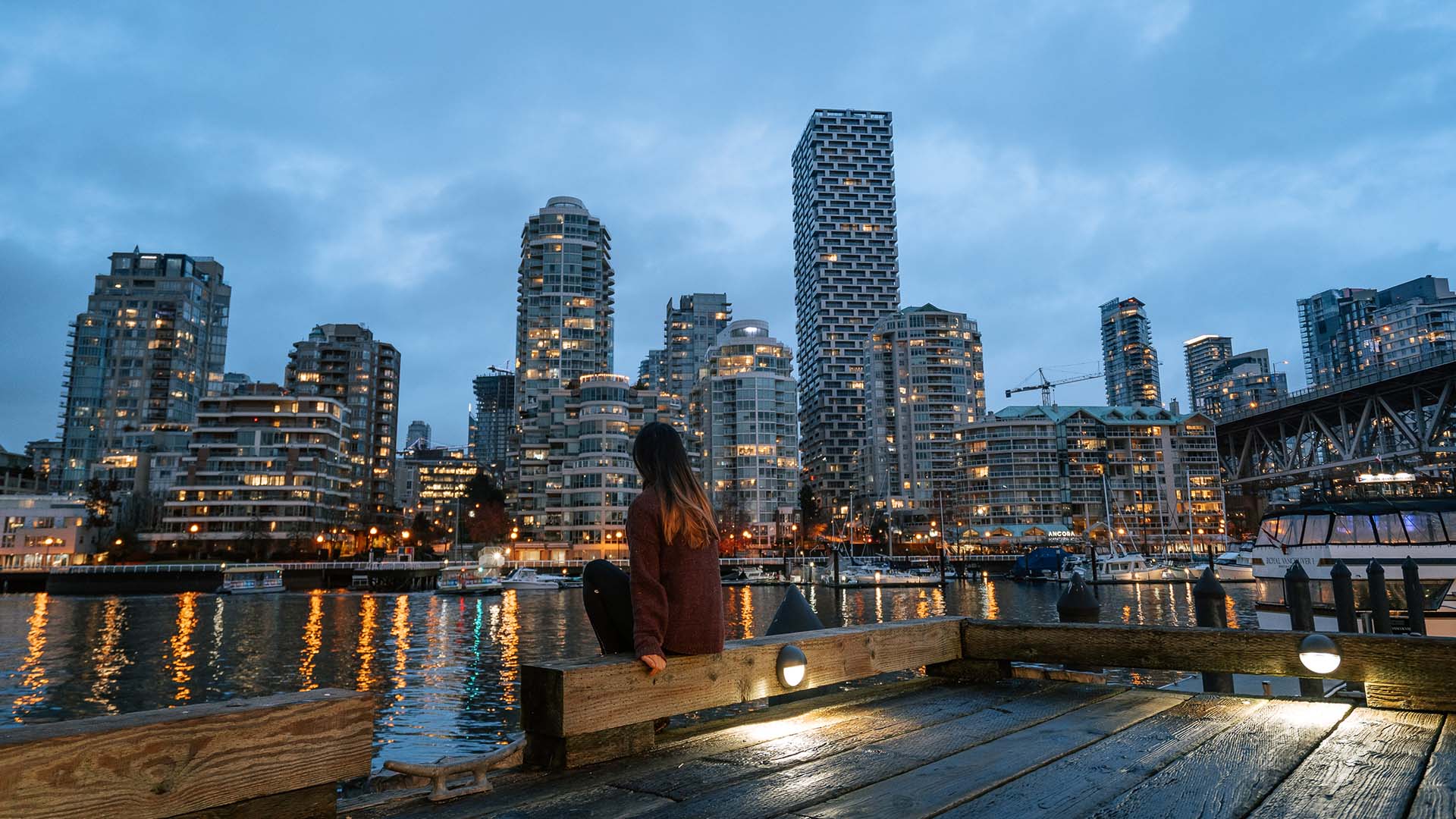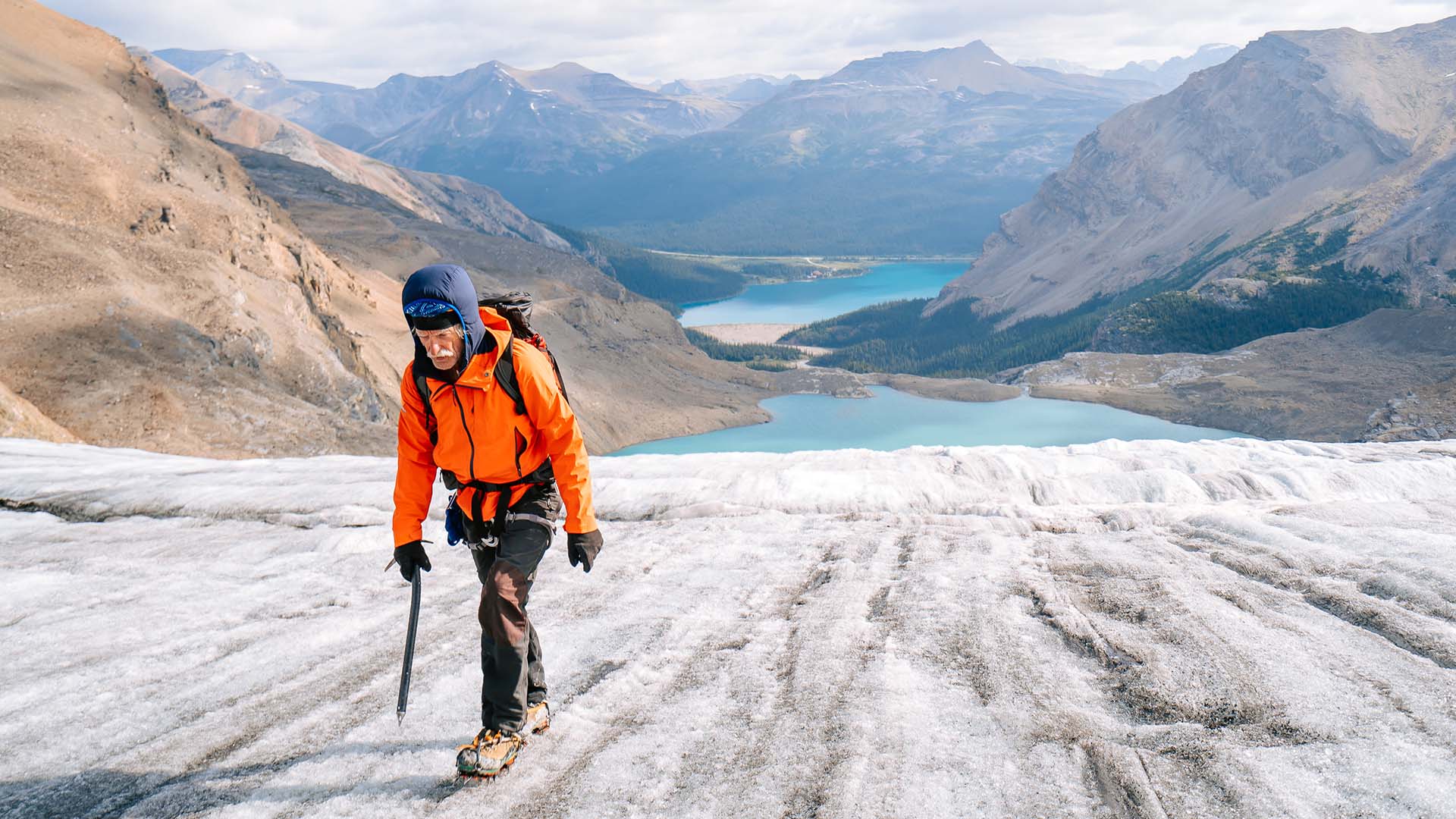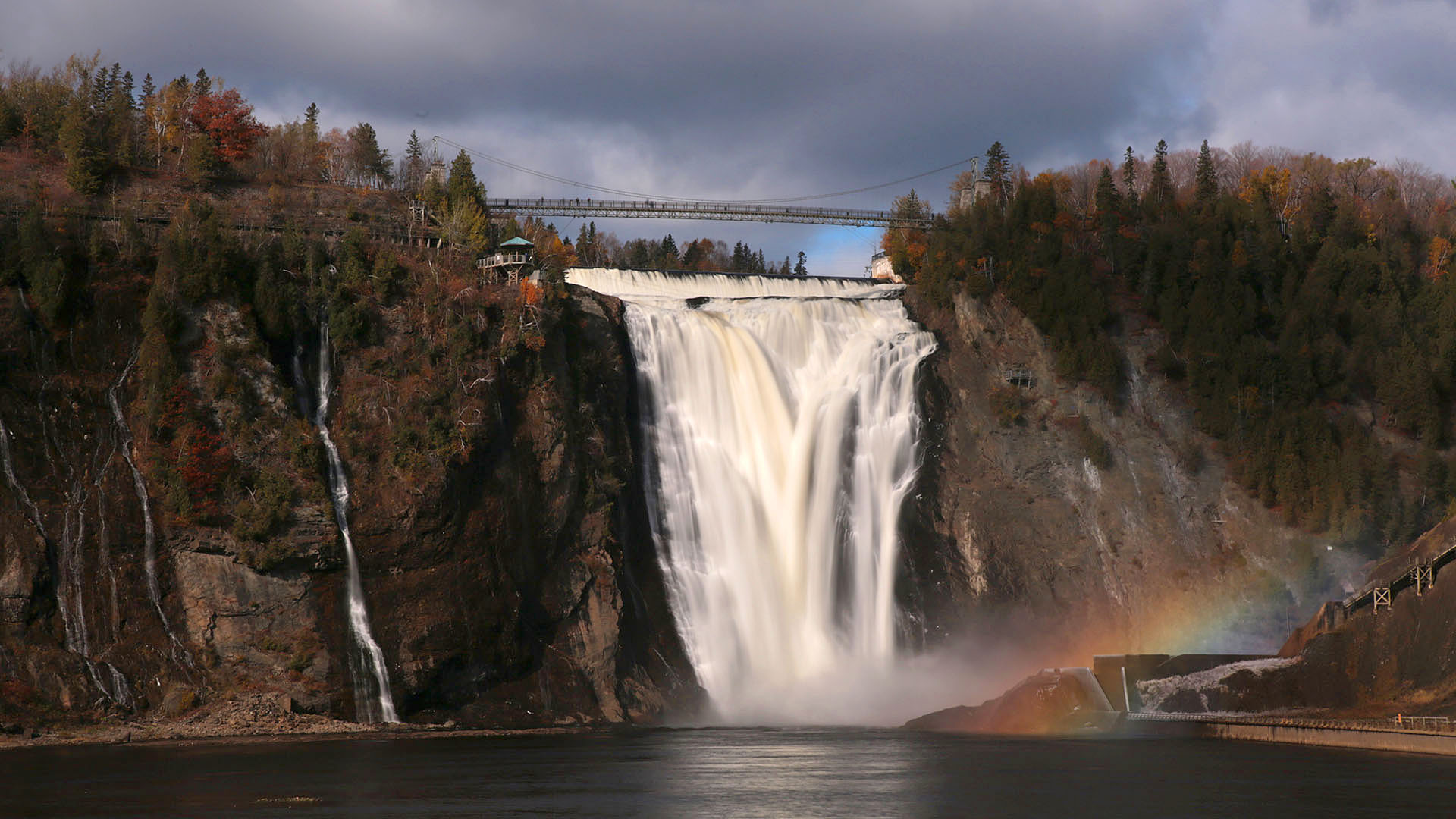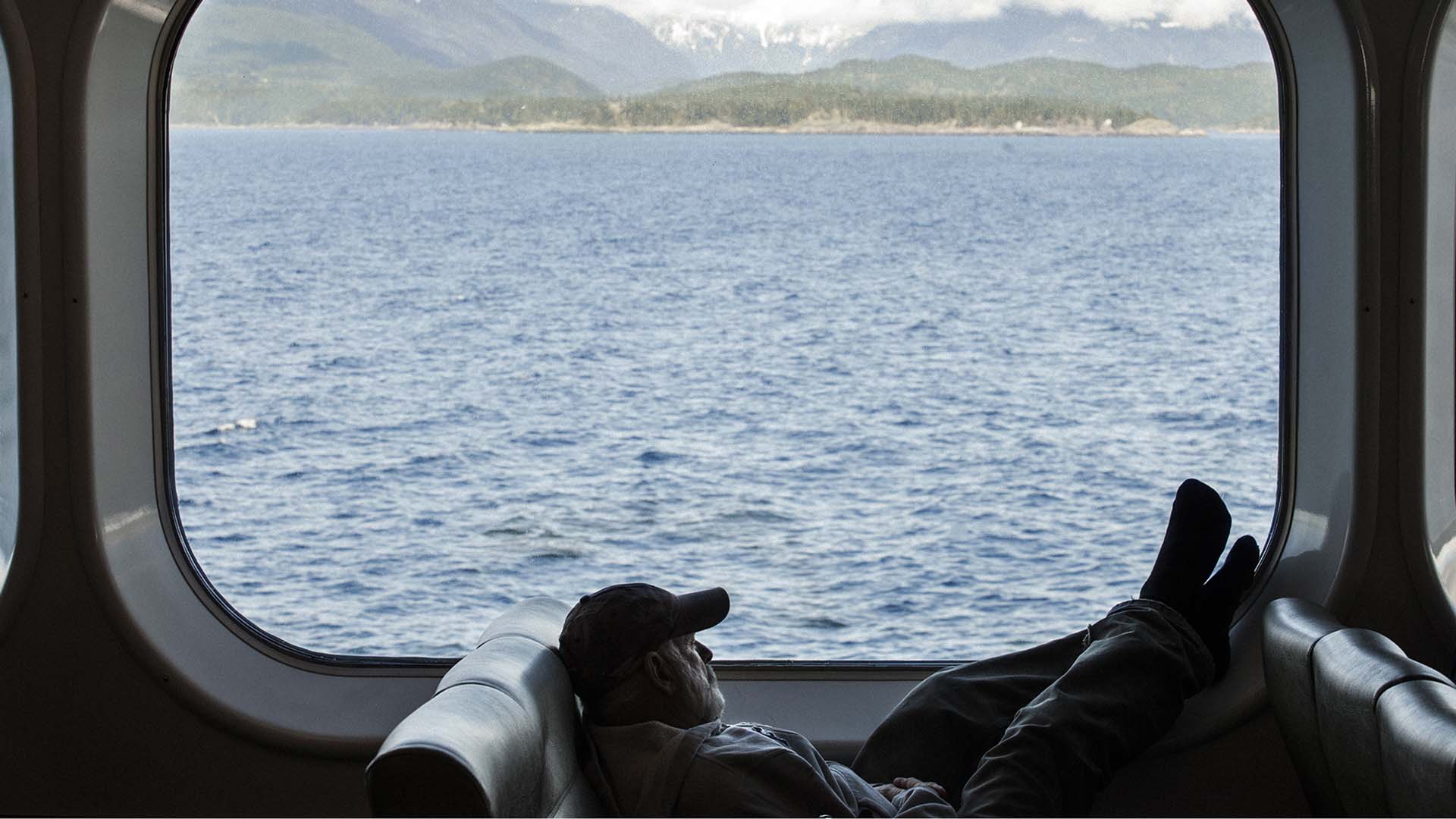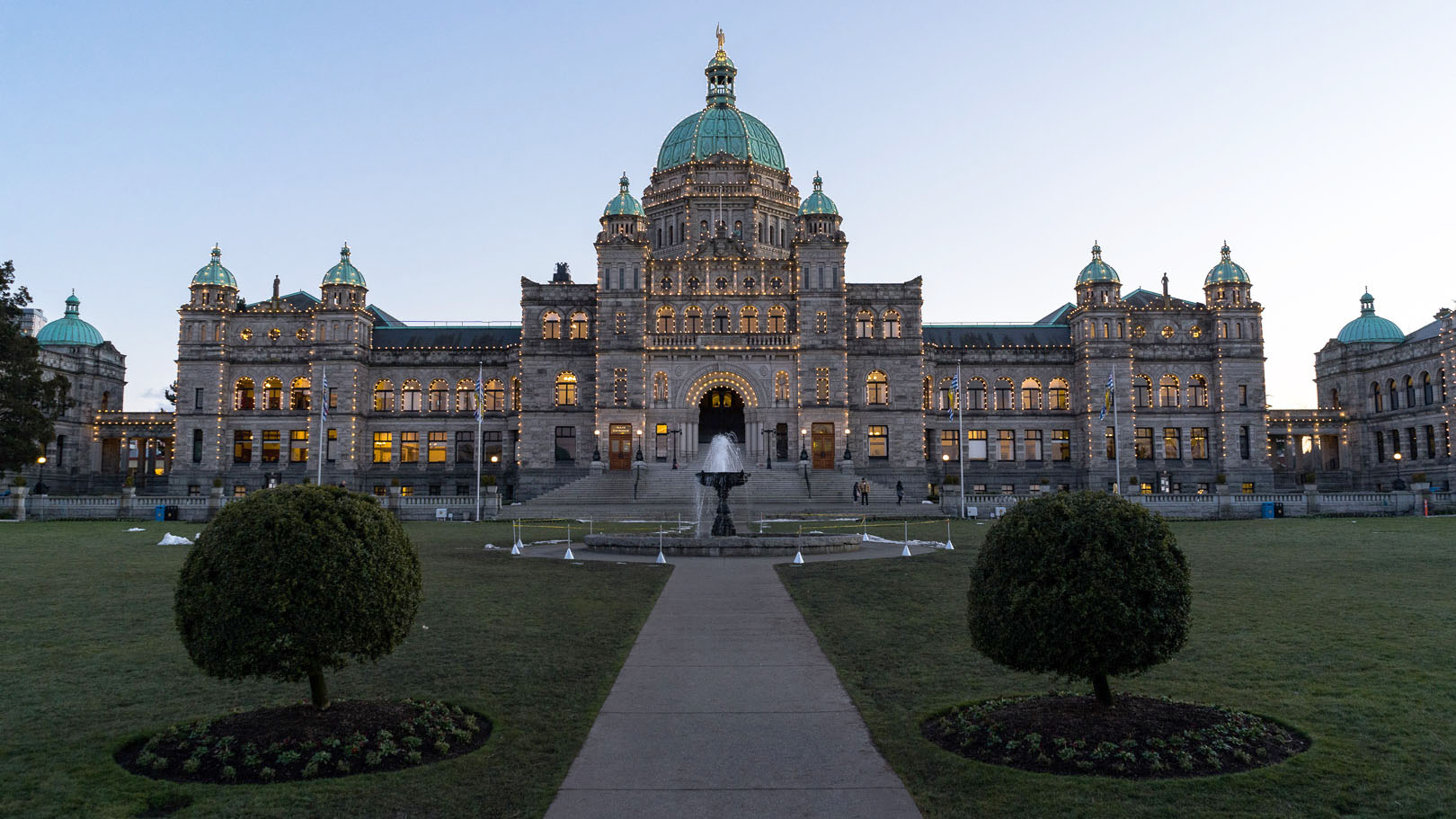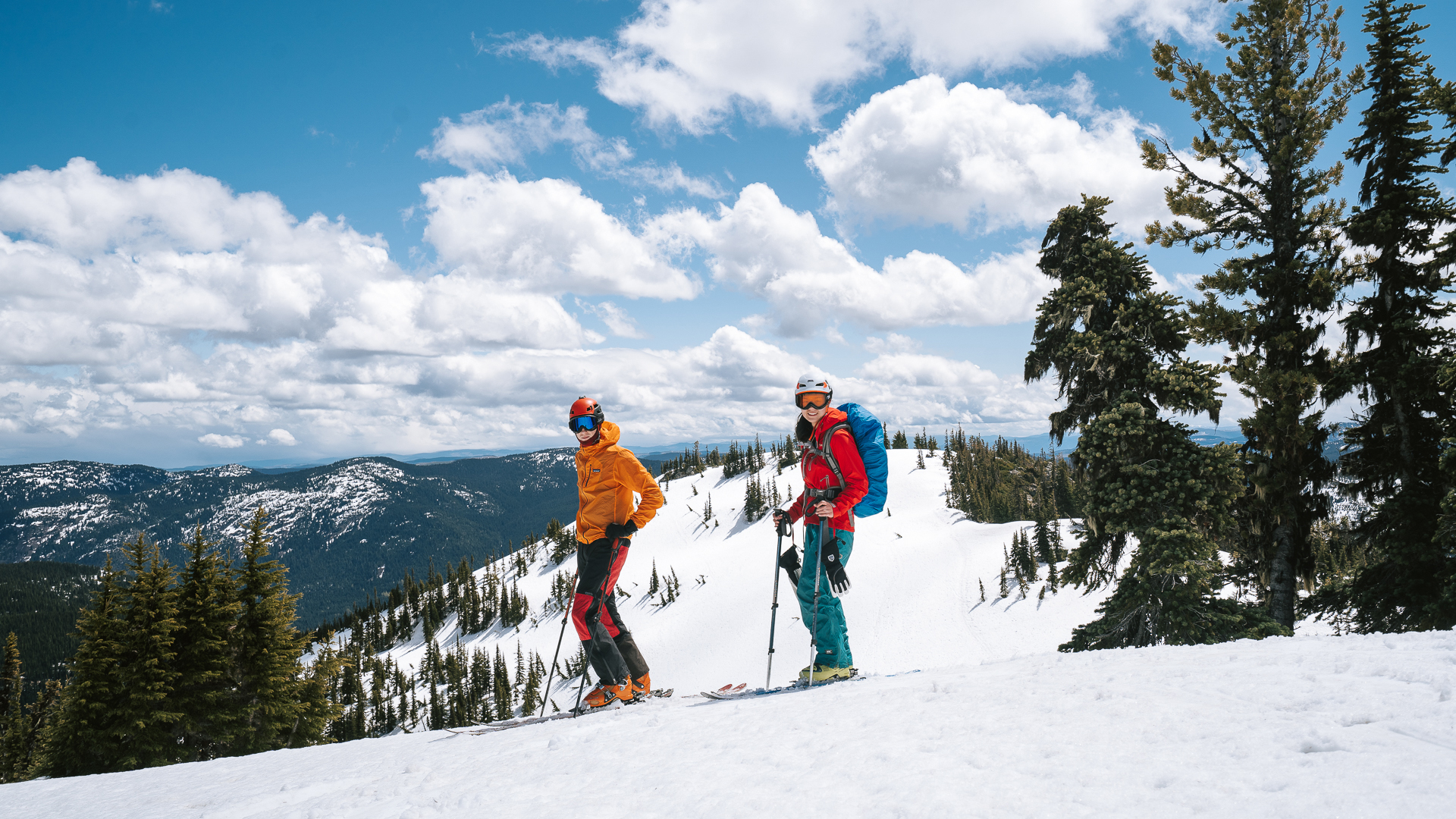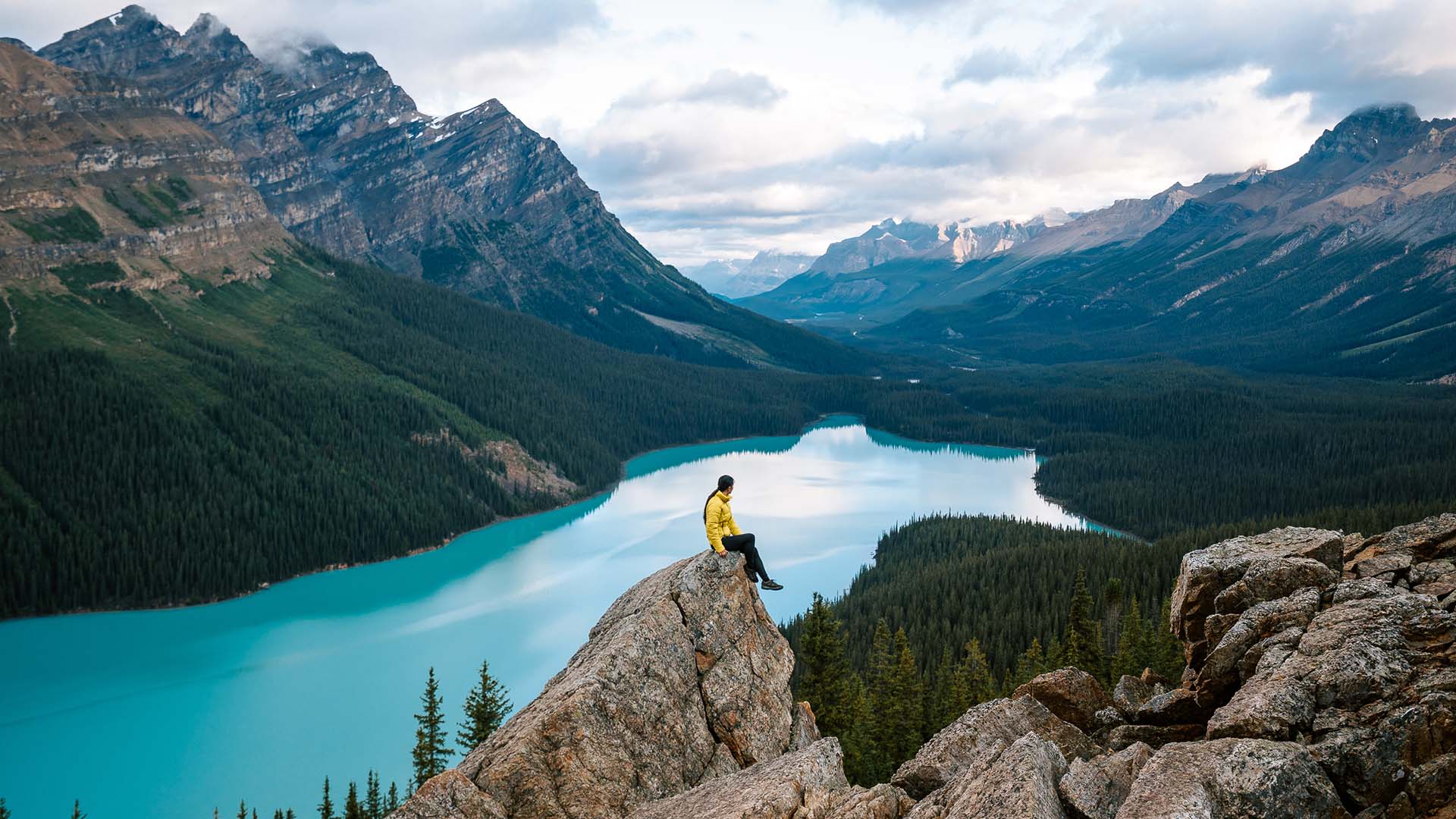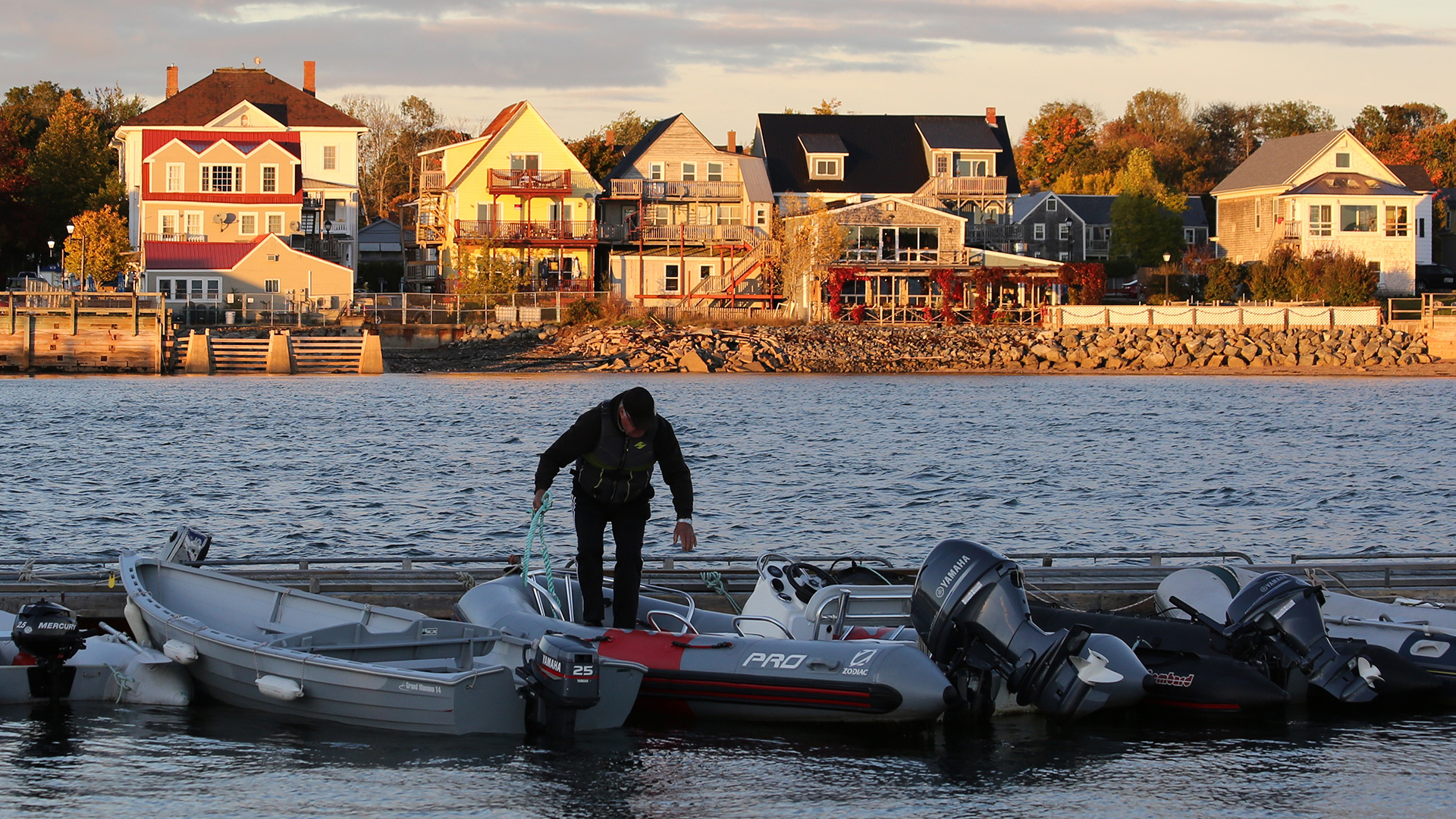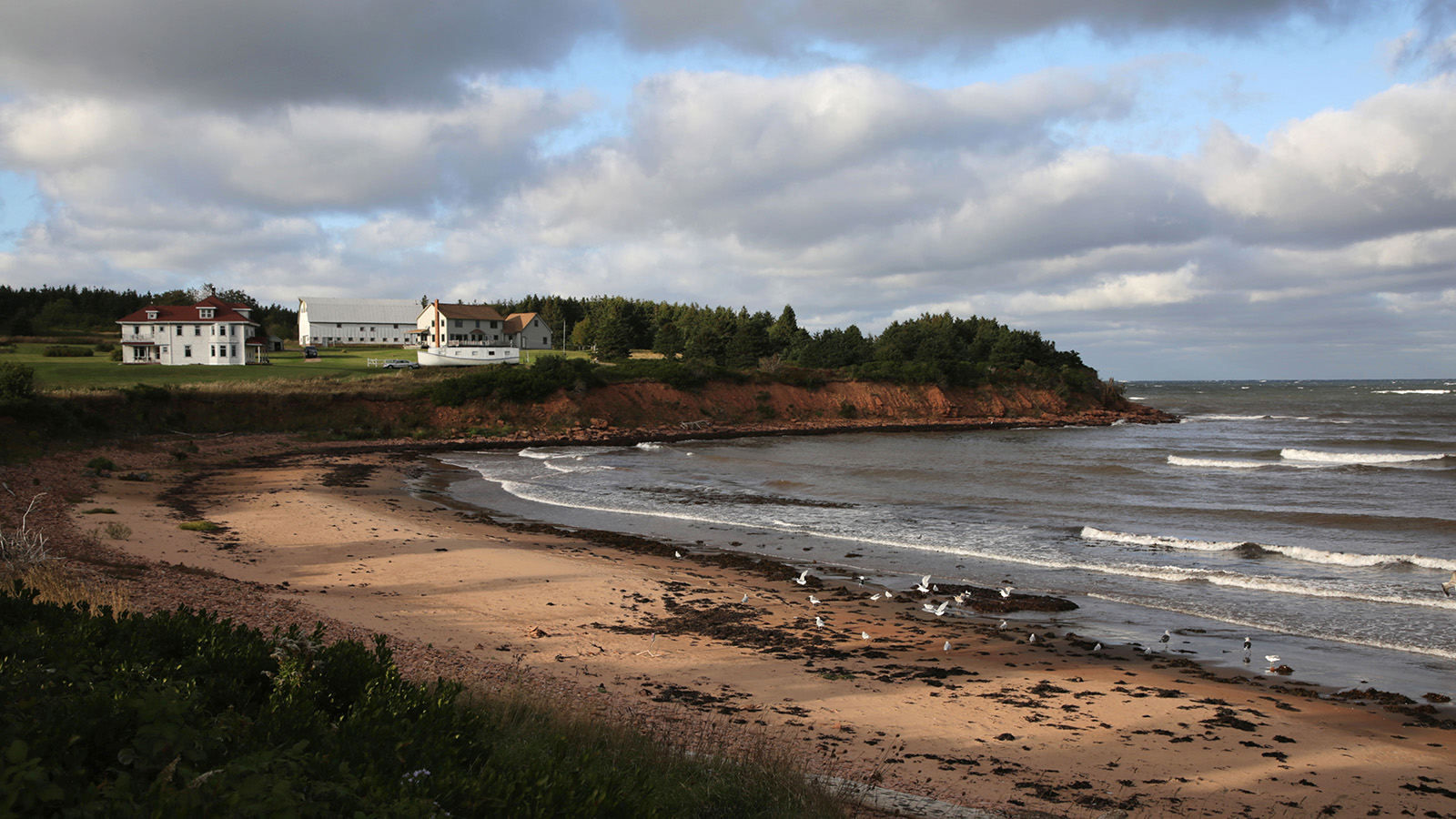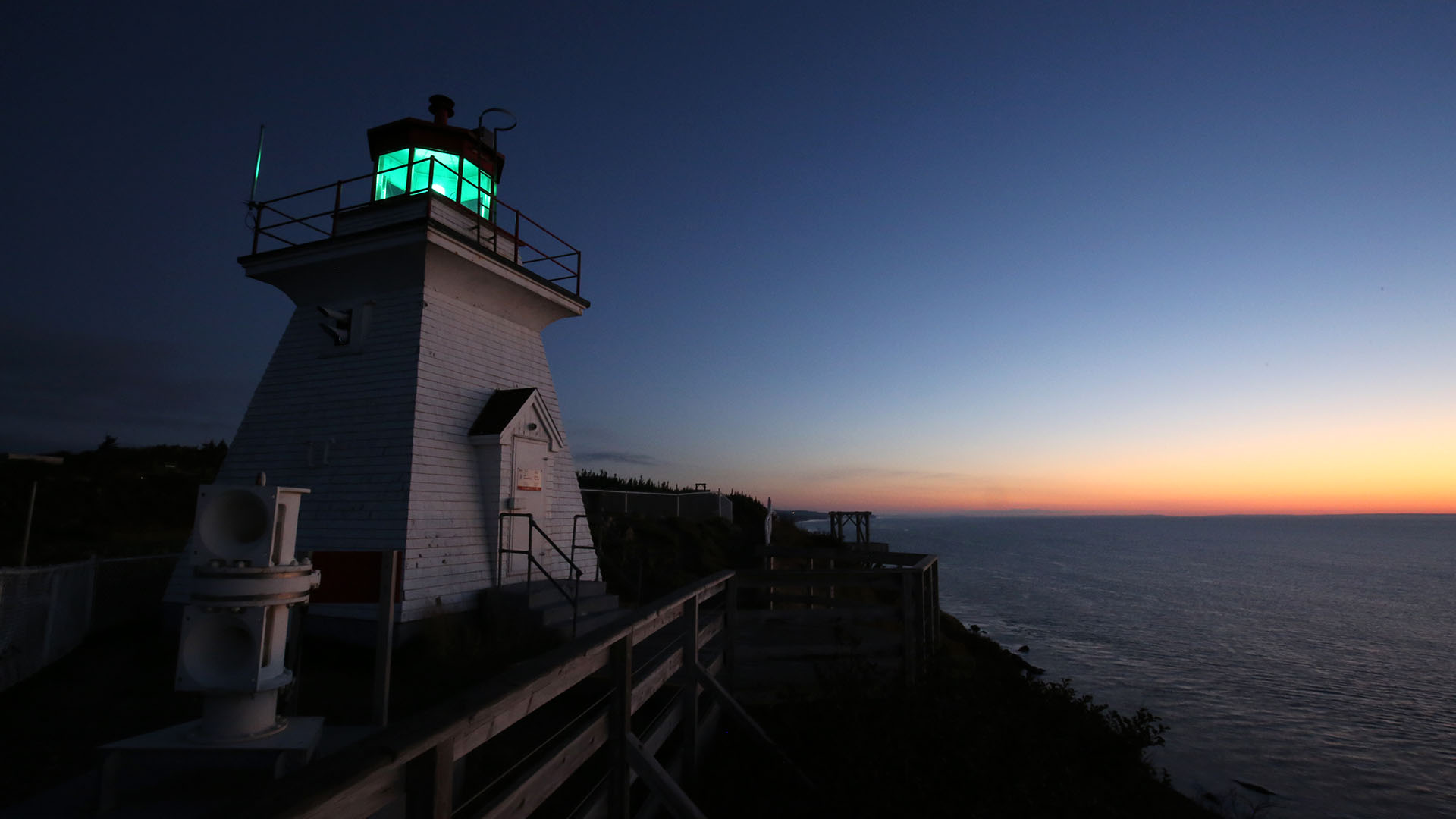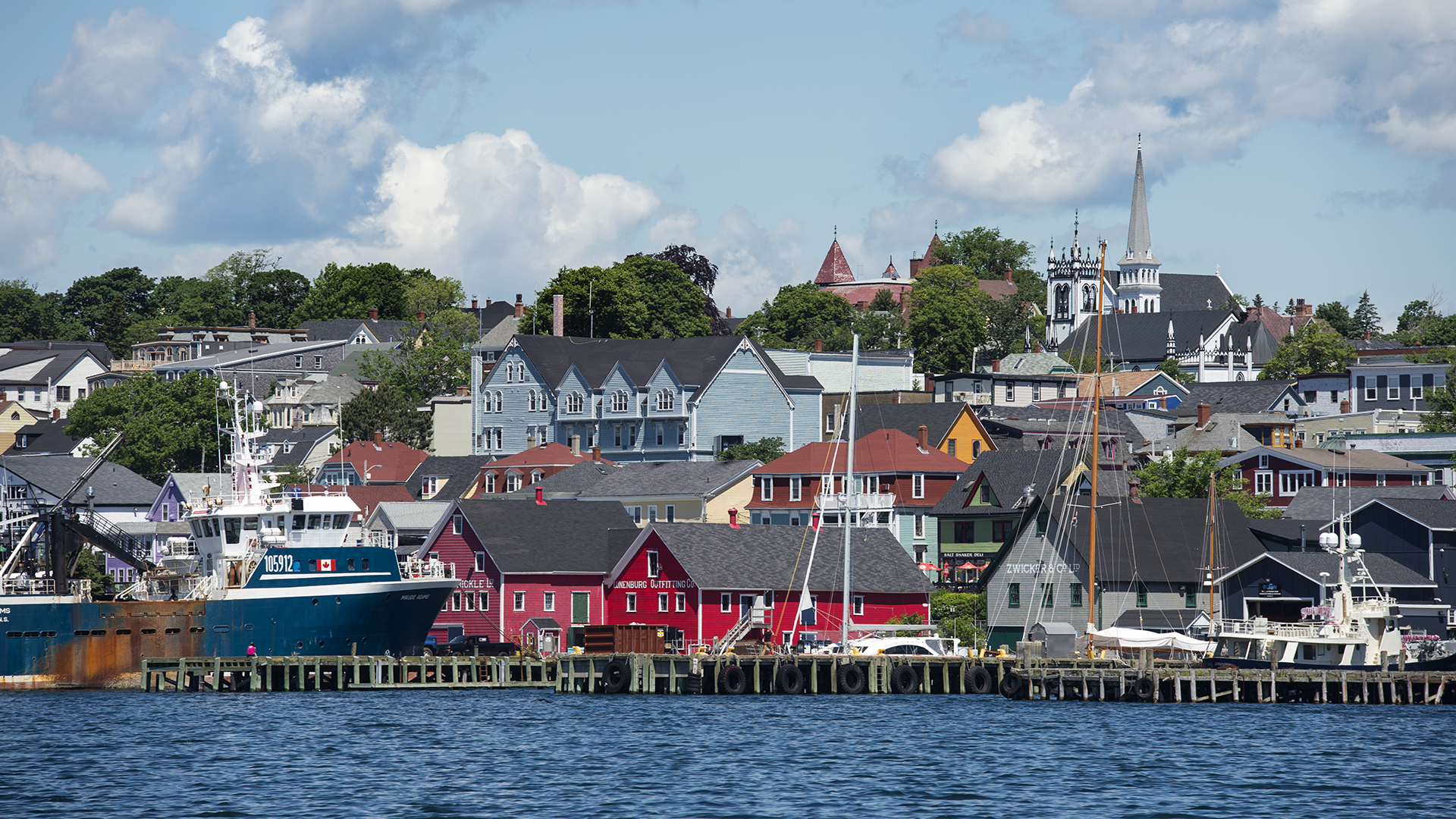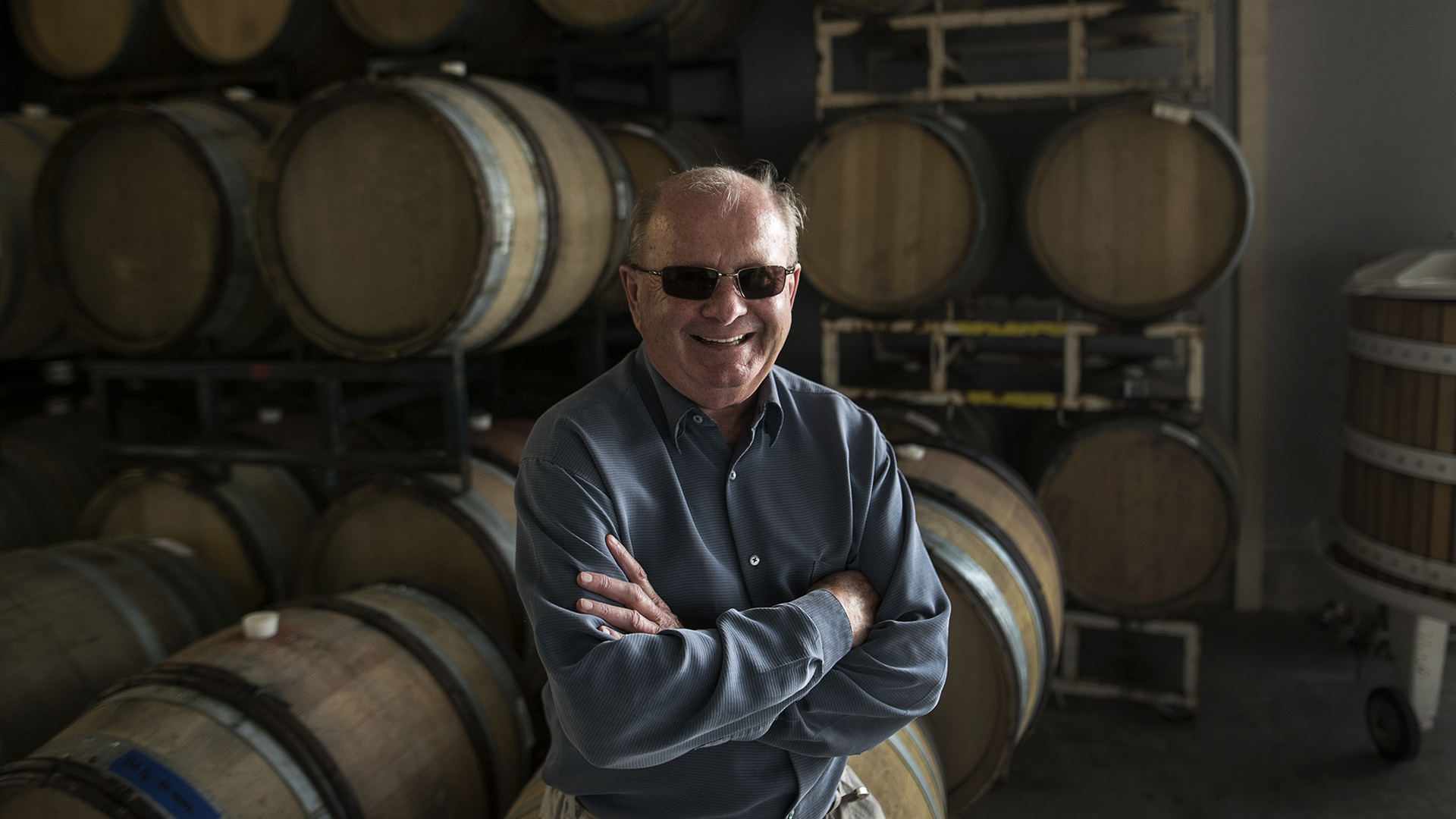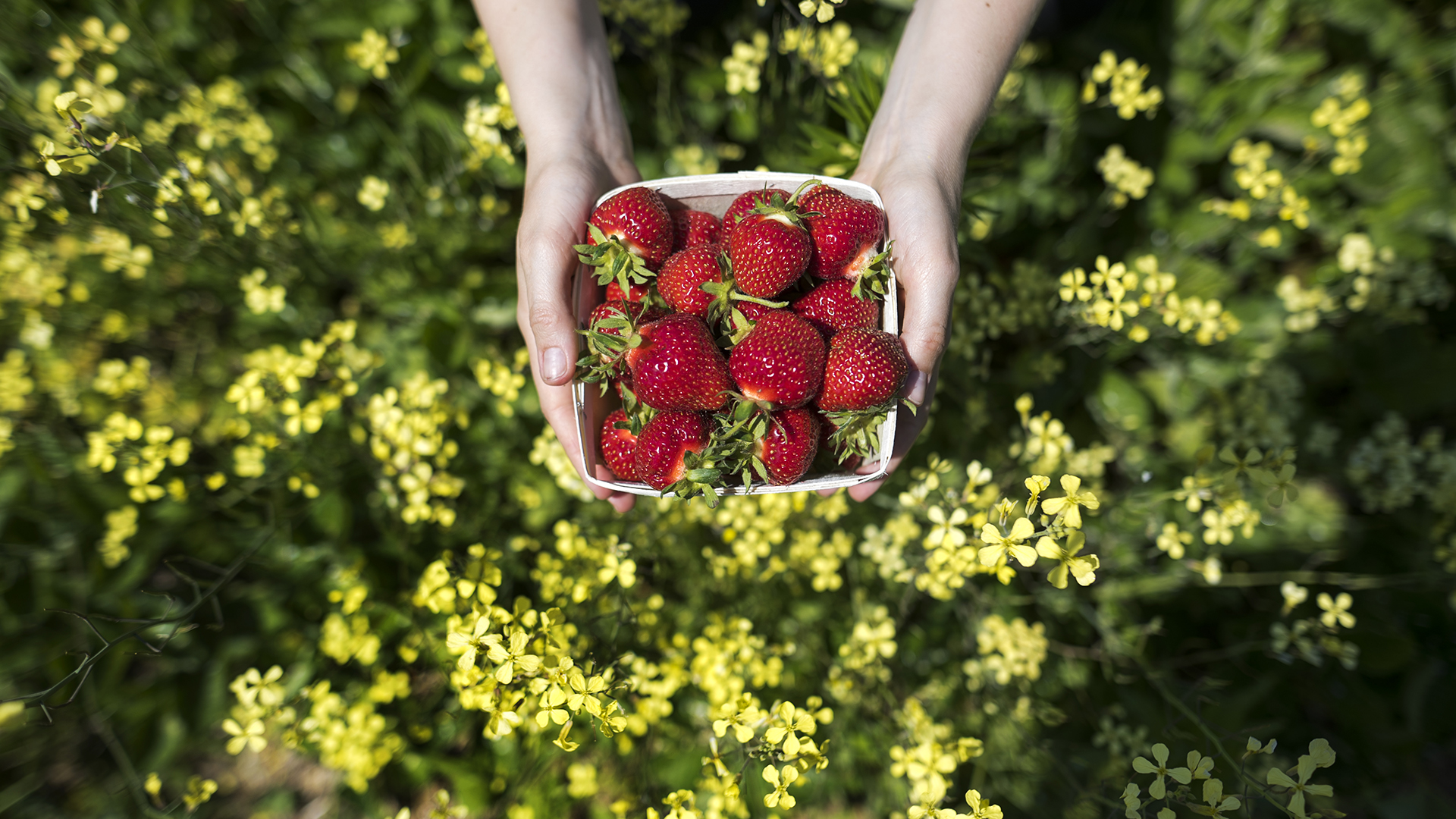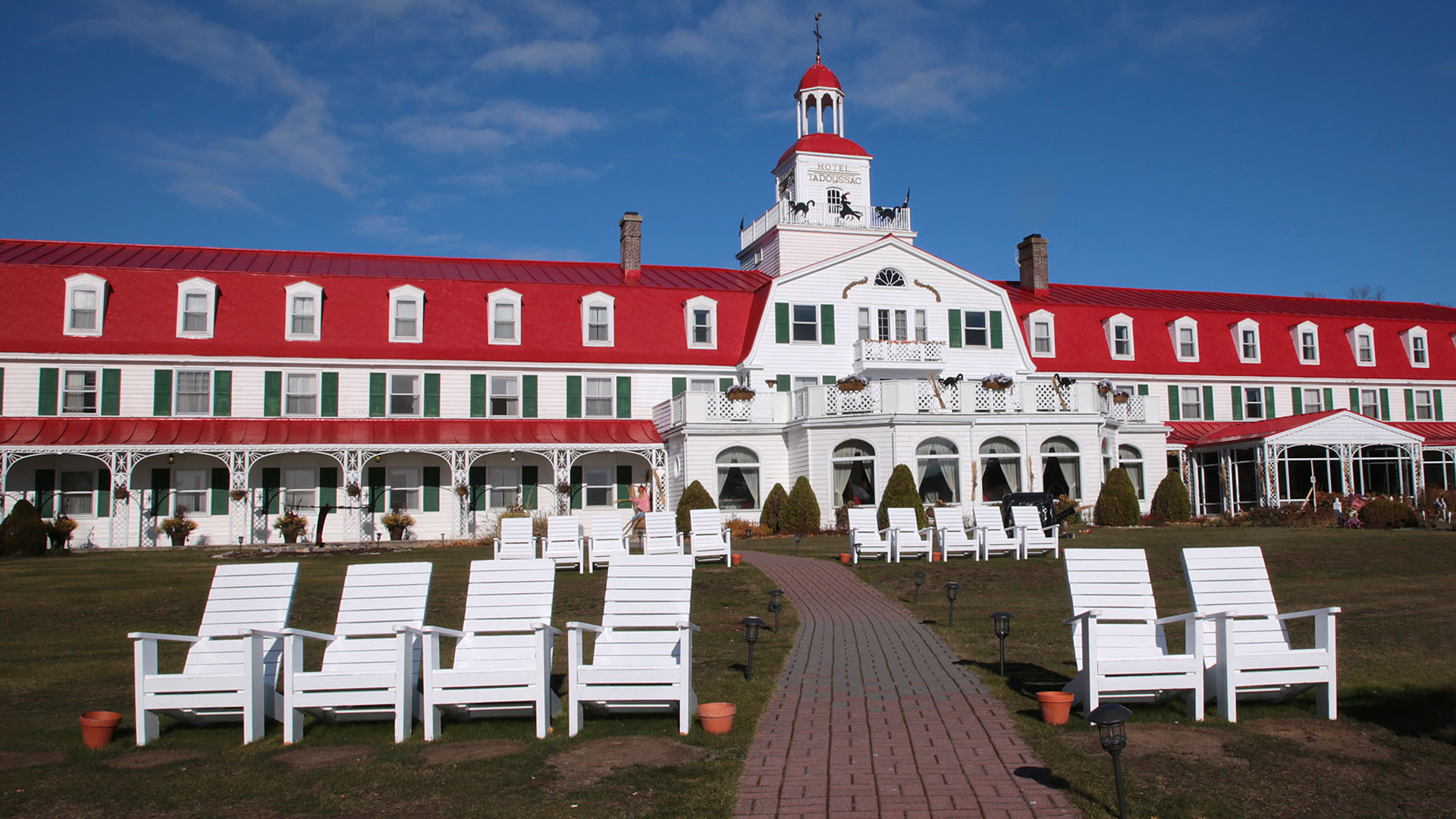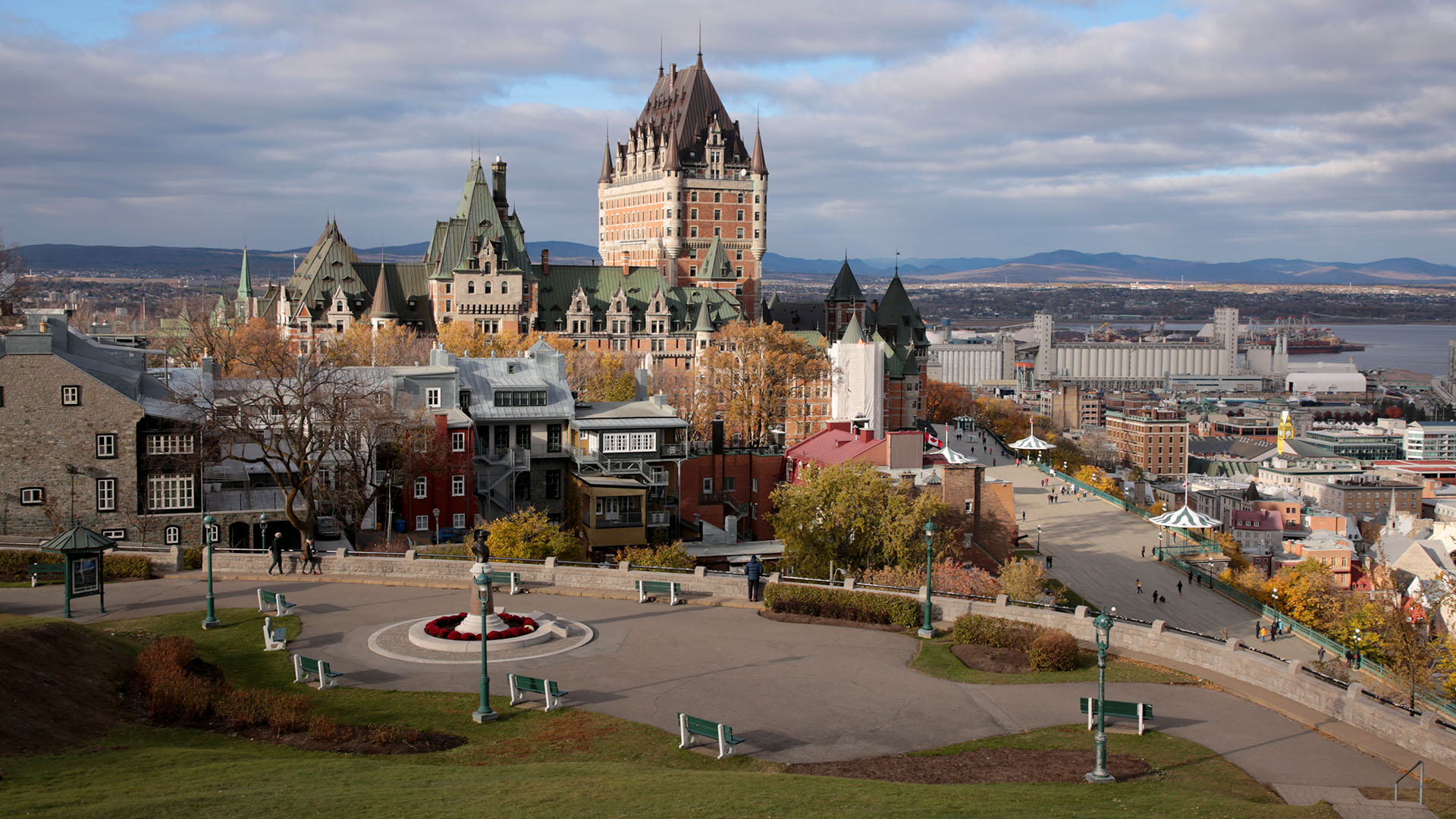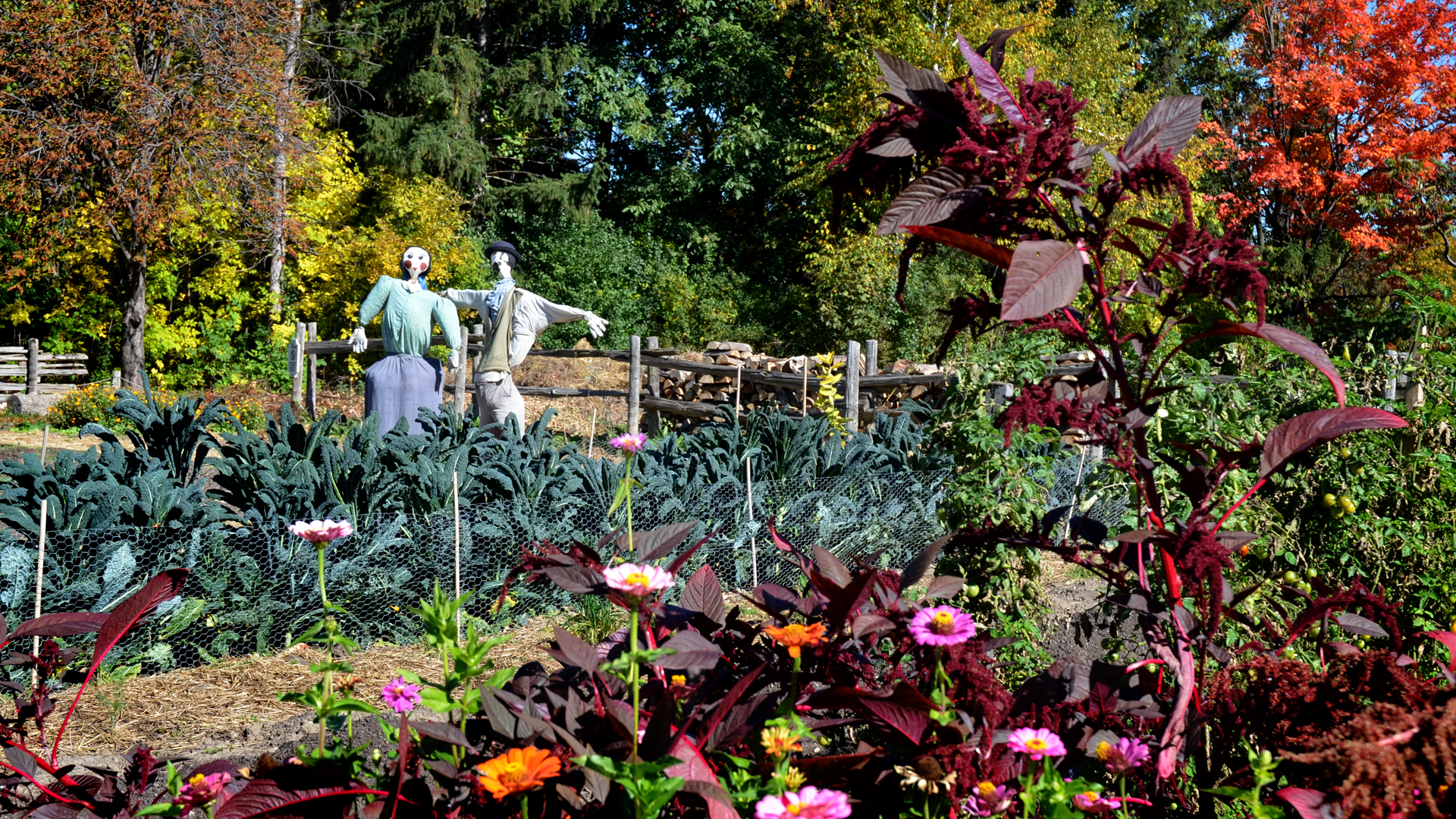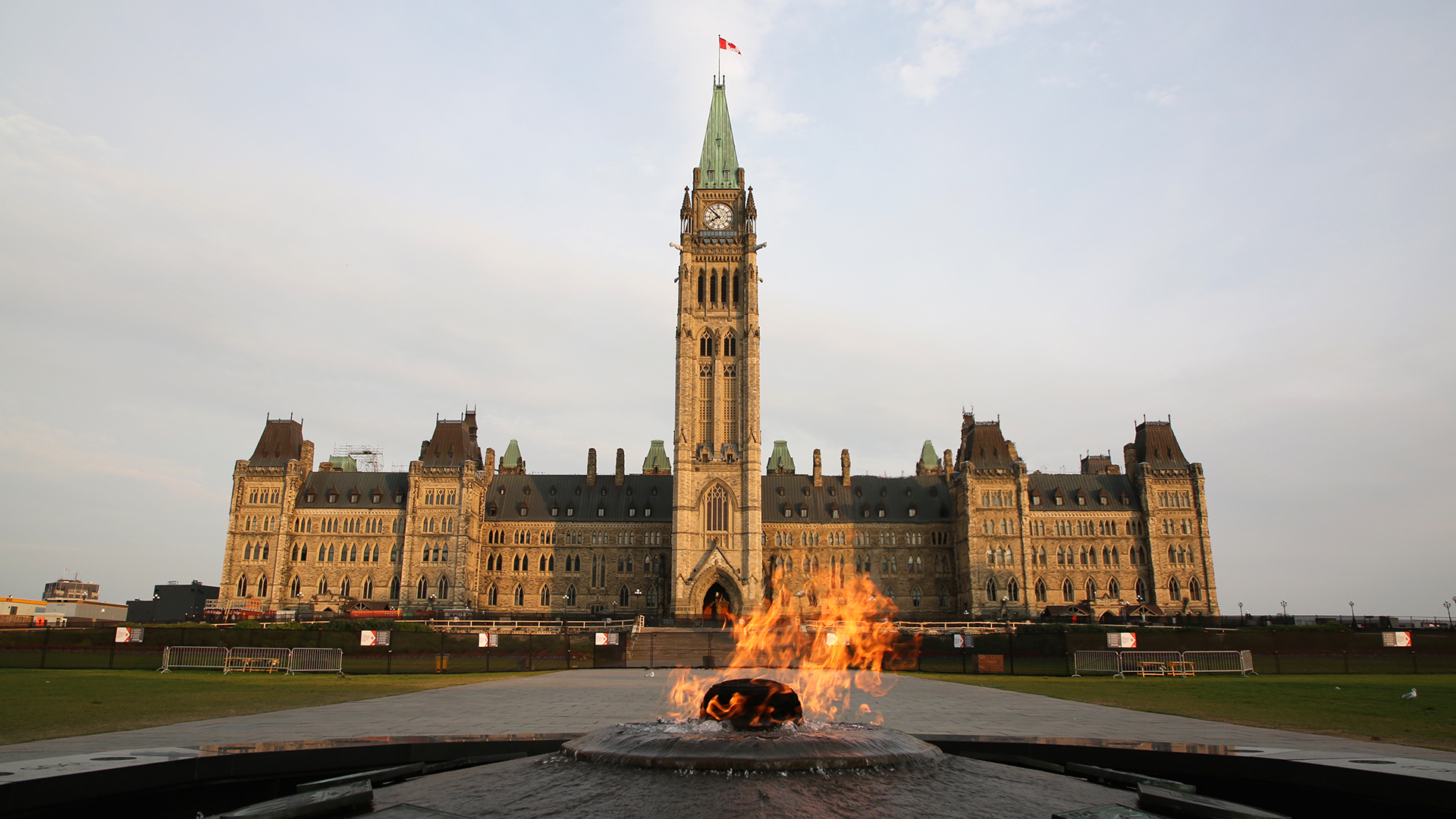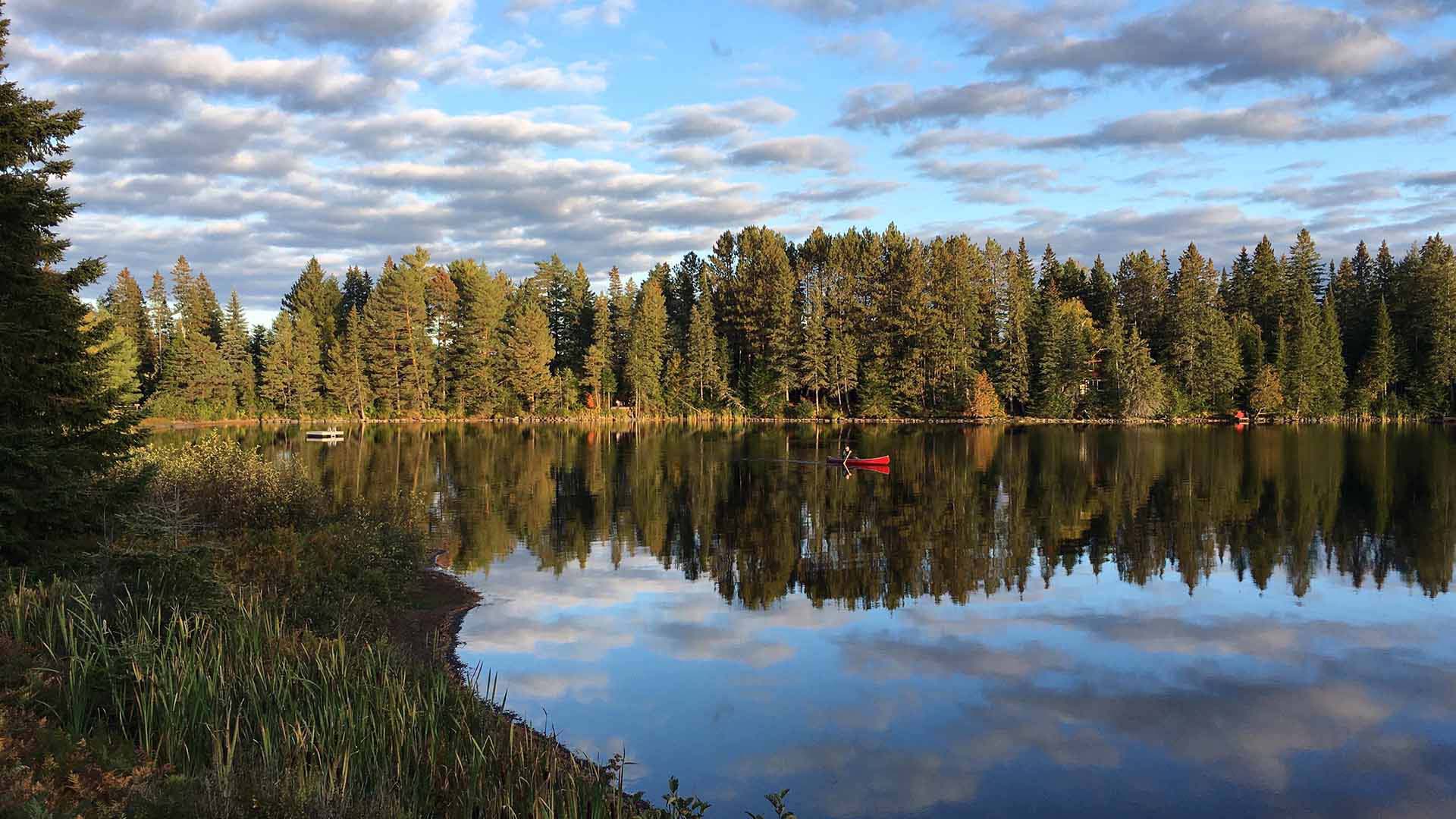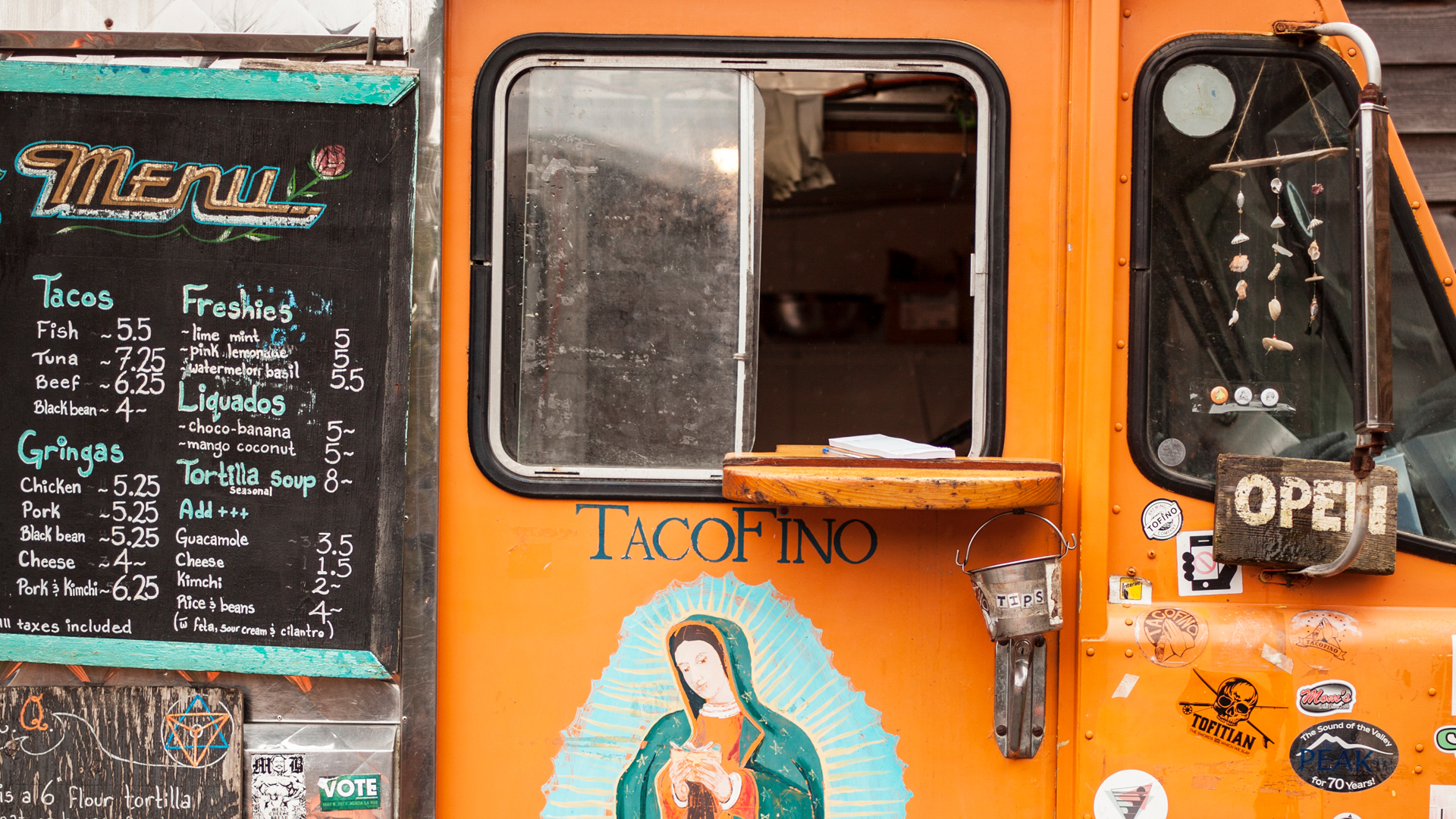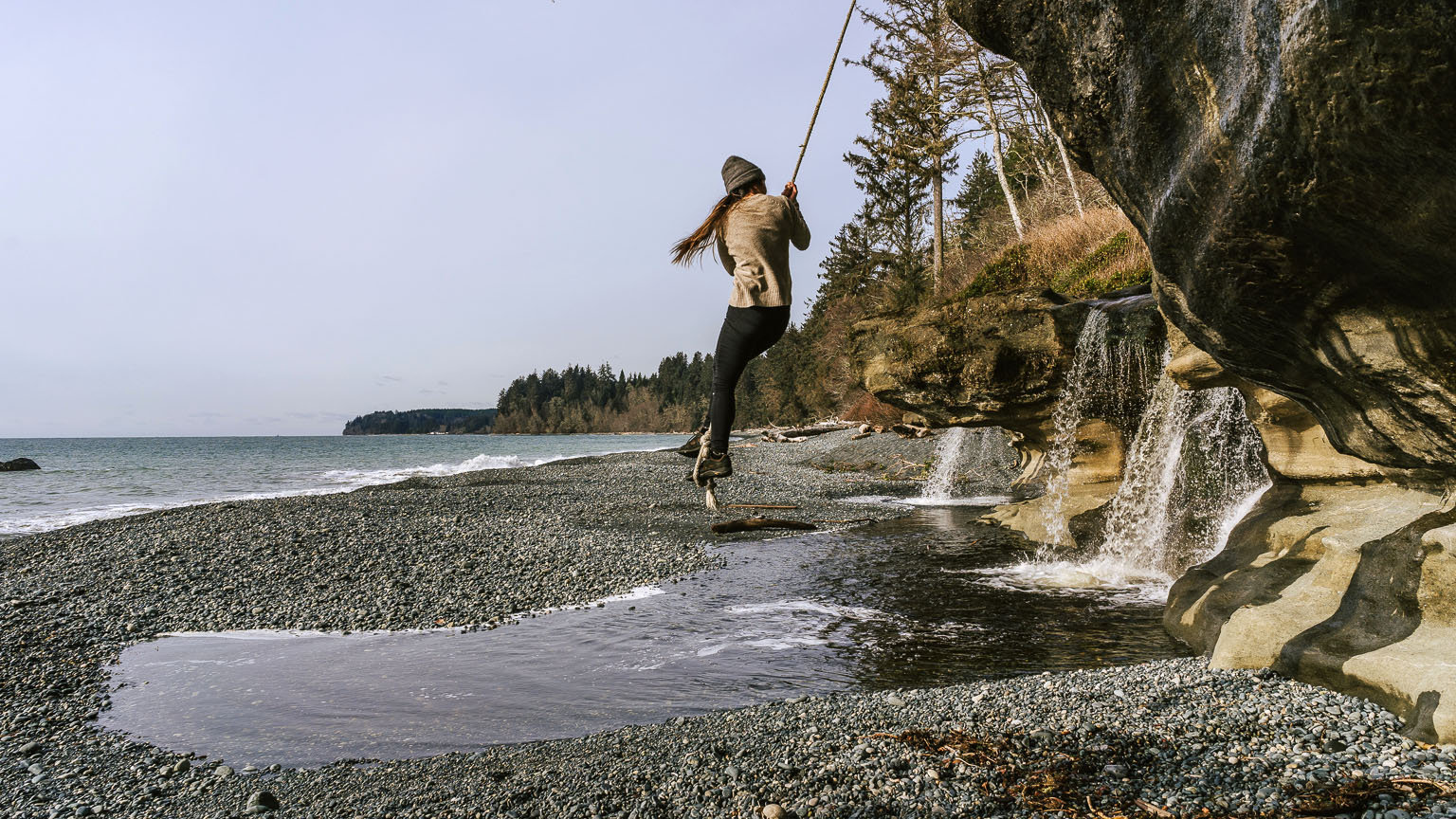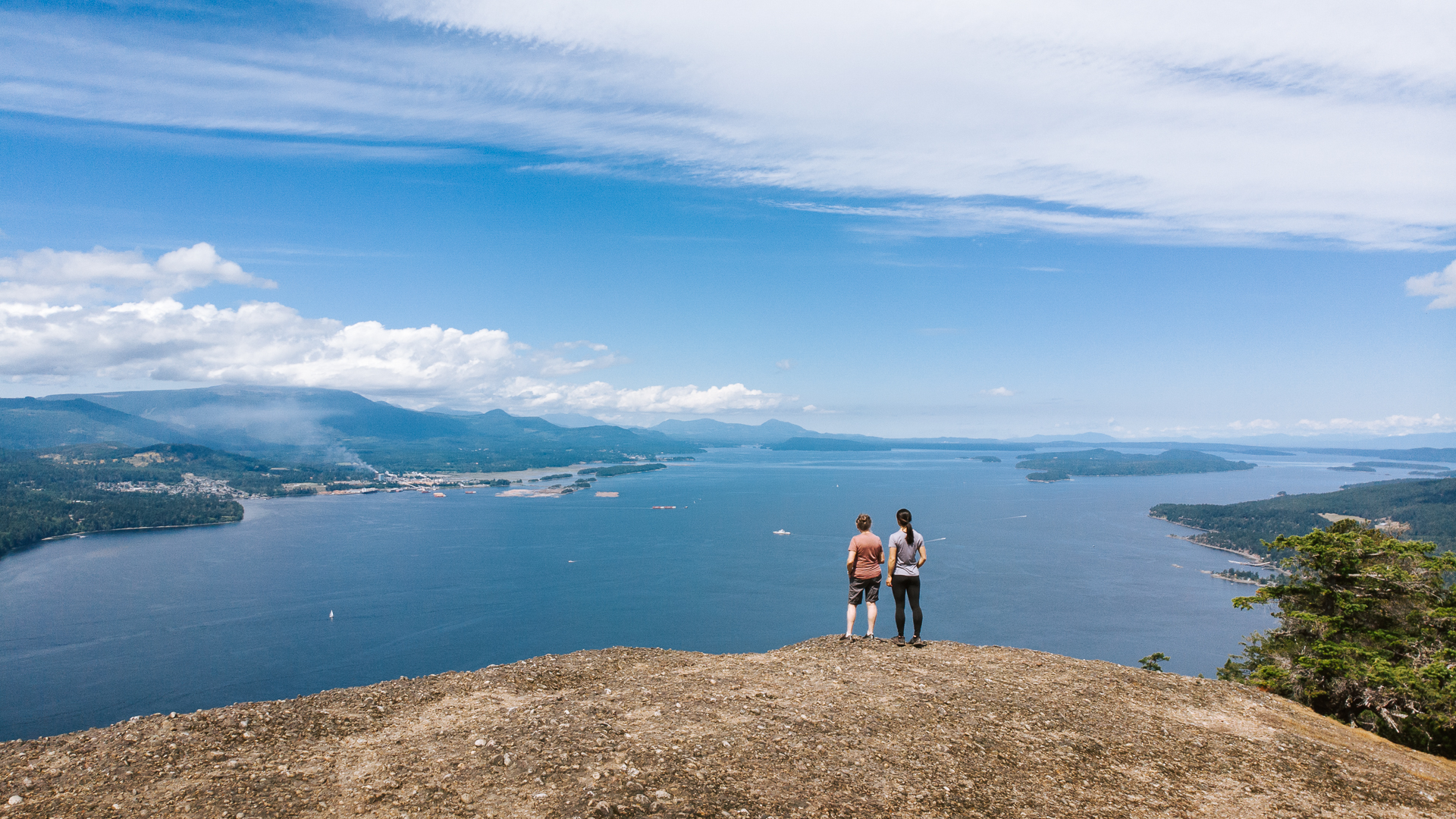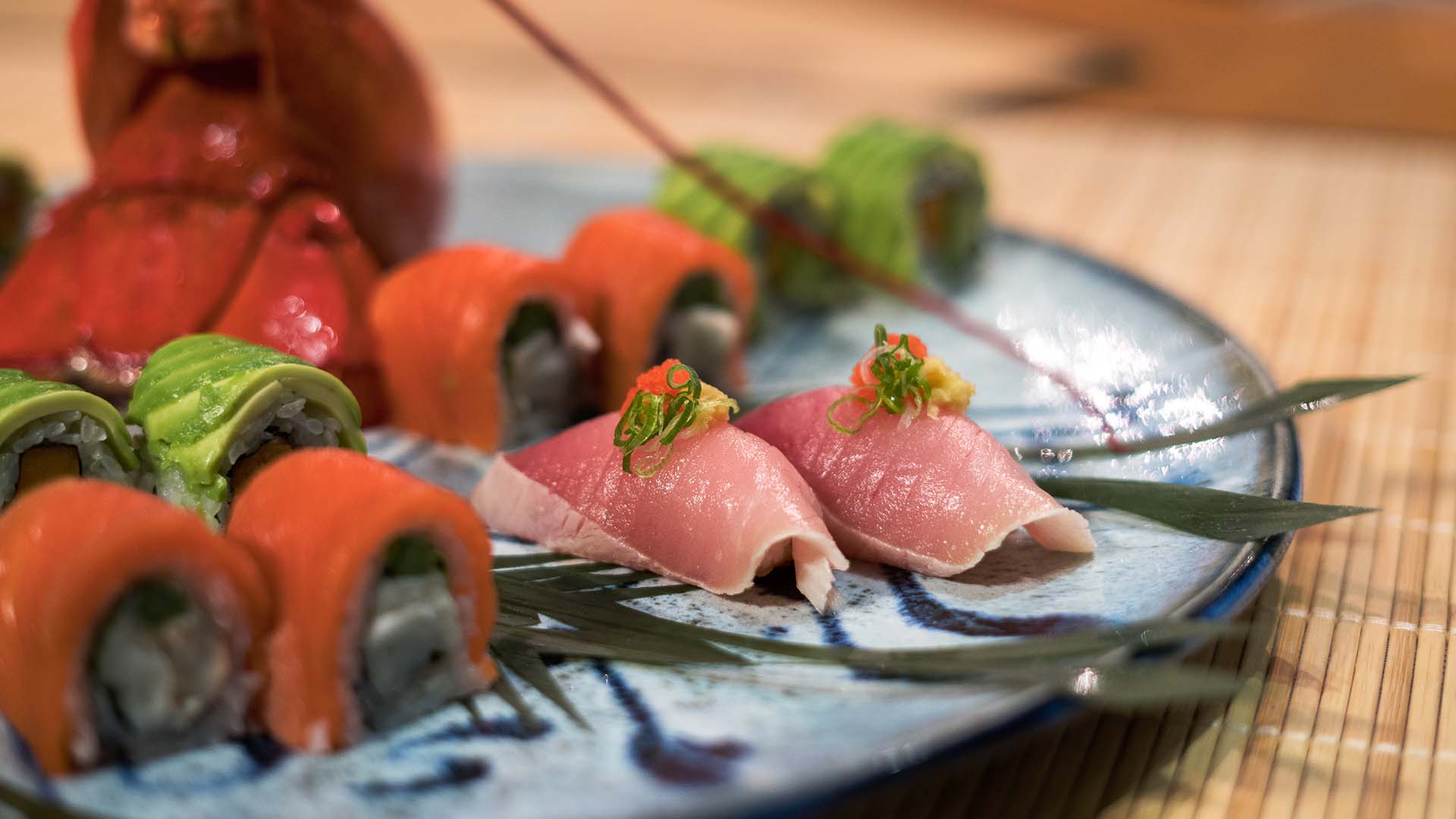Niagara Falls’ Spectacular Beauty is Timeless

A boat operated by Hornblower Niagara Cruises ventures to the edge of Horseshoe Falls.
Story and photos by Charles Williams
Charles is the editor for Pursuits with Enterprise. Email the author.
Lovers, families and risk-takers converge at a water wonderland.
The sheer volume of water rushing over Niagara Falls attracts about 30 million visitors a year, but for a long time, I wasn’t sure I wanted to see the world-famous attraction. I love the soothing hum of large waterfalls, but I had mixed emotions about a destination that’s sometimes cited more for tacky tourism than for natural beauty.
Once I made the decision to see what all the hubbub was about and travel there, I found a first-rate, thundering waterfall and dozens of activities for tourists. Niagara Falls — a 30-minute drive from Buffalo Niagara International Airport — is terrific, tacky, fascinating and fun. In short, a trip there is whatever you make it.
I first heard about Niagara Falls from my dad, who had visited there when he lived in Toronto for a time. Dad was born in Rochester, New York, but both his parents were Canadian. His father, Charles, worked as a rancher in Calgary, Alberta, before moving to America. His mother, Lillian, was a hat maker from Strathcona, Ontario.
Dad’s dual citizenship was always a point of pride for him, and when I was growing up, he would sprinkle an “eh” or two into our conversations, as though he could impress me by speaking a foreign language instead of normal Canadian English. When you’re 10, it’s pretty easy to be impressed.
Years later, when I’d traveled throughout Canada and learned about its people, I began to fully appreciate Dad’s affection for the country. I realized that like my father, Niagara Falls proudly represents both the United States and Canada — and then I was eager to explore it.

A rainbow appears near American Falls.

Early morning light highlights the power of Horseshoe Falls.
Sorting Out Niagara Falls
First, I needed to get my bearings. “Niagara Falls” refers to the falls themselves, but two nearby cities also share that name. One town called Niagara Falls is in New York, on the U.S. side of the Niagara River, and the other is on the opposite bank in Ontario, Canada. Confusing, eh?
The Niagara River marks the international border between the U.S. and Canada, which means you need a passport to cross the Rainbow Bridge near the falls. The Niagara River flows 36 miles from Lake Ontario into Lake Erie; Niagara Falls lies in between.
Niagara Falls — the one with the water — is comprised of three separate falls: American Falls and Bridal Veil Falls on the New York side and Horseshoe Falls on the Ontario side. Horseshoe Falls, also known as the Canadian Falls, is the tallest and largest of the three. The 167-foot high crest gently curves 2,500 feet from the Canadian side to Goat Island on the American side. Ninety percent of the Niagara River tumbles over Horseshoe Falls.
Niagara Falls isn’t the tallest waterfall in North America, but it is the most voluminous — 757,500 gallons of water spill over the three falls every second, enough to fill almost 19,000 bathtubs. As spectacular as the falls are, the volume often is reduced by half or more because hydroelectric power plants divert water at night in summer and during off-peak months the rest of the year.

Niagara's waterfalls are lit up at night.

A boat operated by Hornblower Niagara Cruises passes American Falls.
Niagara Falls Attractions
The Canadian side offers better views of Niagara Falls, so I booked a room there. Clifton Hill, one of the major tourist promenades on the Canadian side, boasts everything from Louis Tussaud's Waxworks to The House of Frankenstein and other wacky attractions that kids might enjoy, but I wanted to focus on the falls. To do that, I boarded a boat that ferries passengers into the heart of Horseshoe Falls.
Two companies offer the boat rides, and no one should miss this thrilling experience. Hornblower Niagara Cruises departs from the Canadian side, and Maid of the Mist operates boats that depart from the American side. Each tour spends about 20 minutes on the water.
The Hornblower crew provided a candy-colored poncho meant to keep me dry, but that turned out to be wishful thinking. As the boat motored past American and Bridal Veil falls, we were offered a stunning low-angle view. Then the boat idled for a couple of minutes at Horseshoe Falls, where the roaring, crashing water and towering mist simply take your breath away. Soon enough, there wasn’t a dry eye — or camera lens — on the deck.
In addition to families and travelers of all ages, the crowd at the falls included a lot of honeymooners. Credit goes to Theodosia Alston, the daughter of U.S. Vice President Aaron Burr. With her new husband, she visited Niagara Falls in 1801, on her well-publicized “bridal tour.” Jerome Bonaparte, younger brother of Napoleon, stopped by with his bride in 1804. Newlyweds still make the trip. The mayor of Ontario’s town of Niagara Falls signs “honeymoon certificates” proving couples spent time at the “Honeymoon Capital of the World.”

Visitors shelter from the spray at Horseshoe Falls.

Hornblower Niagara Cruises takes tourists past American and Bridal Veil falls.
Daredevils Defy Nature
With only one day to sightsee and so many attractions to choose from, you might say my tight schedule had me over a barrel. Better over one than in one. On her birthday in 1901, clutching her “lucky” heart-shaped pillow, 63-year-old schoolteacher Annie Edson Taylor voluntarily climbed into a barrel and plunged over Horseshoe Falls. She was not the first daredevil to try that stunt, but she was the first to survive.
Risk-takers seem naturally drawn to Niagara Falls. In 1959, Charles Blondin was the first person to walk a tightrope stretched across the river just downstream from the falls. He subsequently did it three more times: while blindfolded, while carrying his manager on his back, and while pushing a wheelbarrow on the cable. Nik Wallenda, the most recent tightrope performer, walked across in 2012. Of course, when Wallenda reached the Canadian border, he had to present his passport.
Niagara Falls is an impressive natural wonder, but the mystique of the place also appeals — the timeless draw for lovers, the heartwarming (and also heartbreaking) stories of risk-takers and the pride in the attraction shared by citizens of two nations.
Whether you’re American, Canadian, or a little bit of both, Niagara Falls is magnificent — and well worth a visit.

People admire Horseshoe Falls from Terrapin Point on the New York side.
Related
Read more stories about Canada.
- Vancouver Spawns New Friendship
- Mountaineering in the Canadian Rockies
- Road Trip on the Cabot Trail, Nova Scotia
- Day Trips from Quebec City
- Weekend Getaway to Toronto’s Black Creek Historic Brewery
- Road Trip From Vancouver to Tofino, Canada
- Weekend Getaway to Victoria, Canada
- Coquihalla Mountain Skiing
- Old Friends Drive the Sea to Sky Highway
- Nunavat Trips
- Yukon Trips
- Northwest Territories Trips
- Newfoundland Labrador Trips
- Manitoba Trips
- Saskatchewan Trips
- Alberta Trips
- Icefields Parkway 3-Day Driving Trip
- New Brunswick Trips
- Prince Edward Island Trips
- Road Trip to See Prince Edward Island Lighthouses
- Weekend Getaway to Delightful St. Andrews-by-the-Sea
- Road Trip to Prince Edward Island, Canada
- Road Trip to the Phenomenal Bay of Fundy
- Nova Scotia Trips
- Weekend Getaway to Lunenburg, Nova Scotia
- Road Trip to Nova Scotia Wineries
- Road Trip to Nova Scotia's Wild Berry Bounty
- Quebec Trips
- Road Trip from Quebec City to Tadoussac
- Romantic Weekend Getaway in Quebec City
- Niagara Falls Attractions
- Road Trip to Canada for Turkey Day, Eh?
- Ontario Trips
- Weekend Getaway to Toronto on Thanksgiving
- Attractions in Ottawa, Canada
- Algonquin Park Scenic Drive
- British Columbia Trips
- Weekend Getaway to Tofino, Canada
- Weekend Getaway to Cumberland Island, Georgia
- Weekend Getaway to the Hot Springs in Tofino, Canada
- Great Food in Tofino, Canada
- Finding Sandhill Cranes in Nebraska
- Road Trip on Vancouver Island
- British Columbia’s Gulf Islands
- Eating in Vancouver

